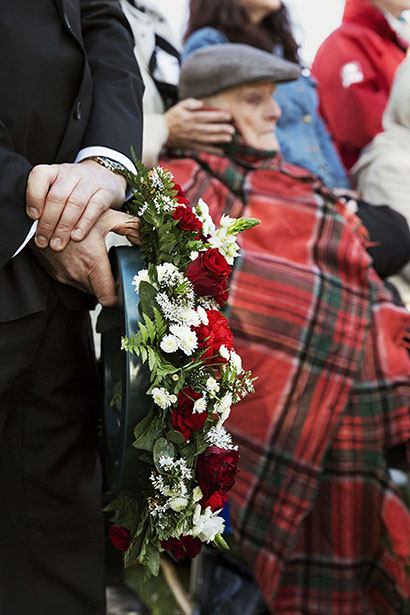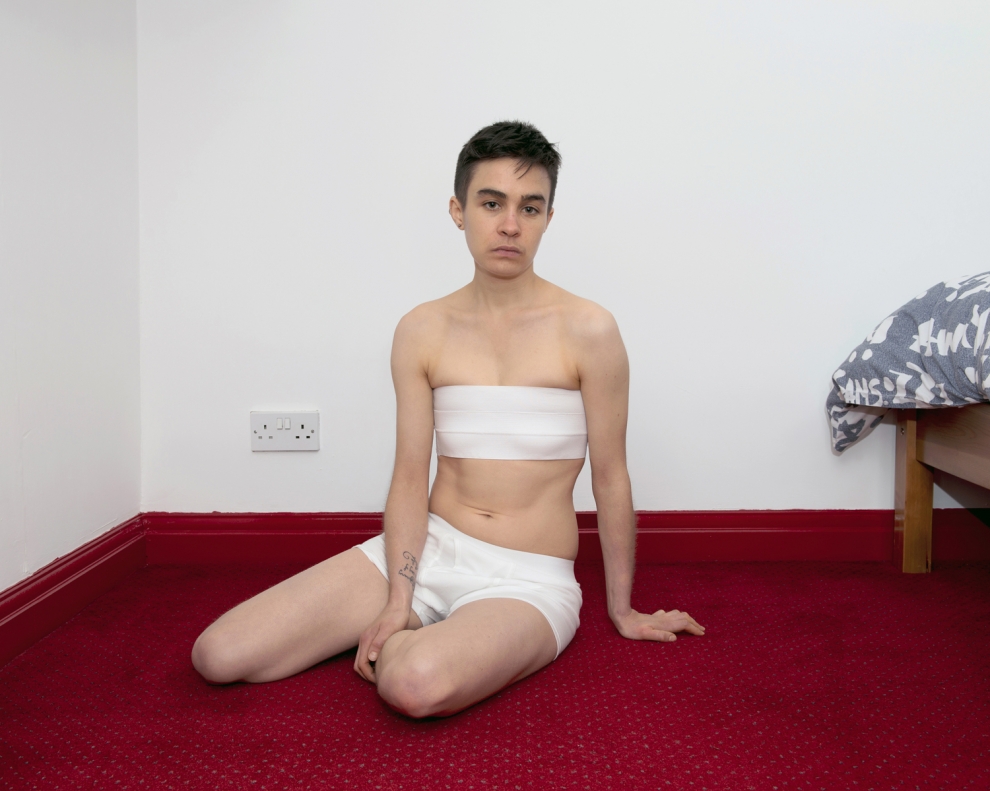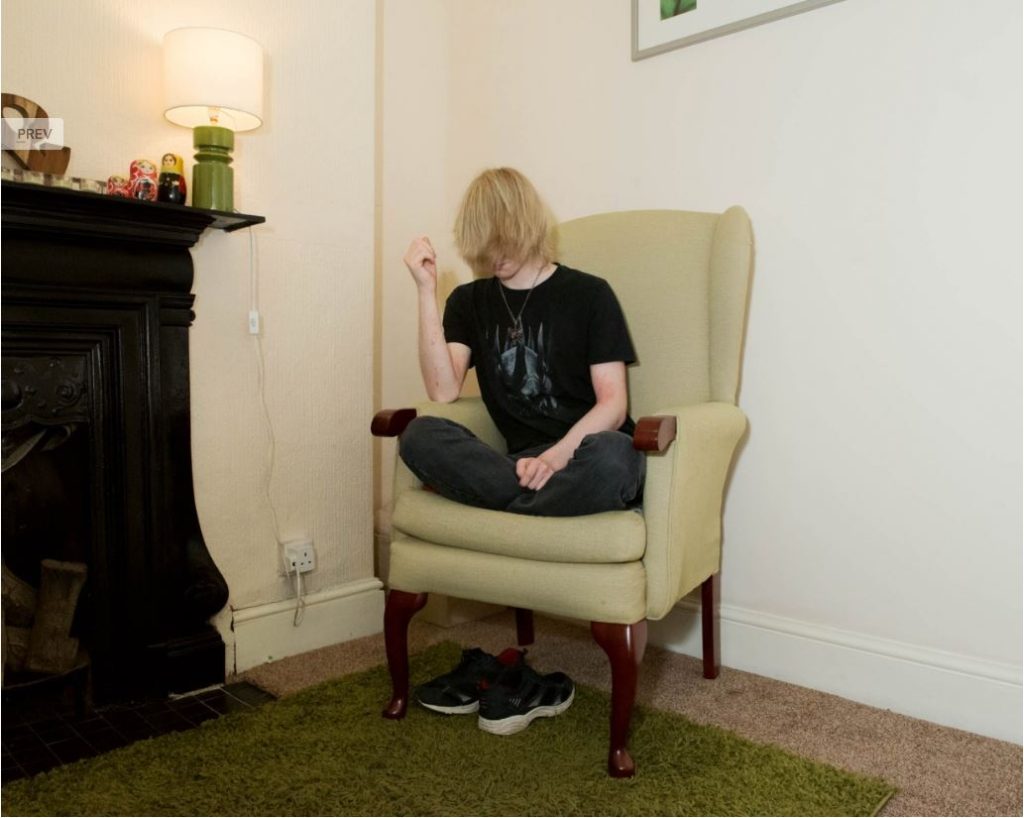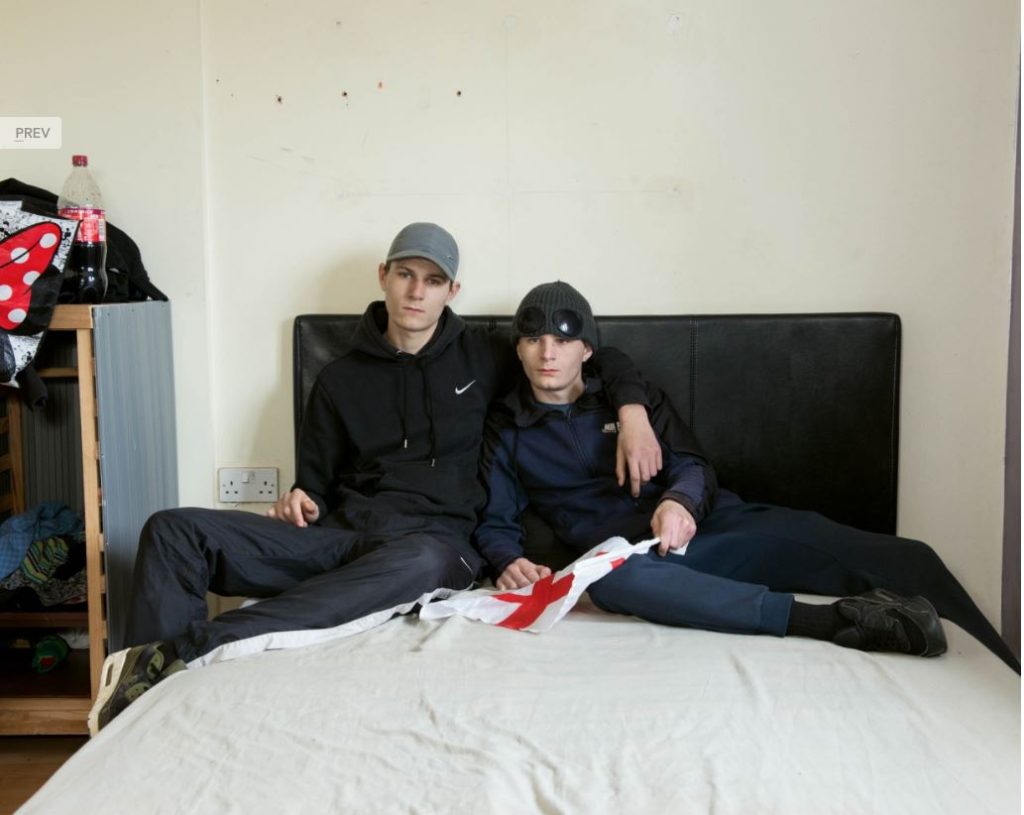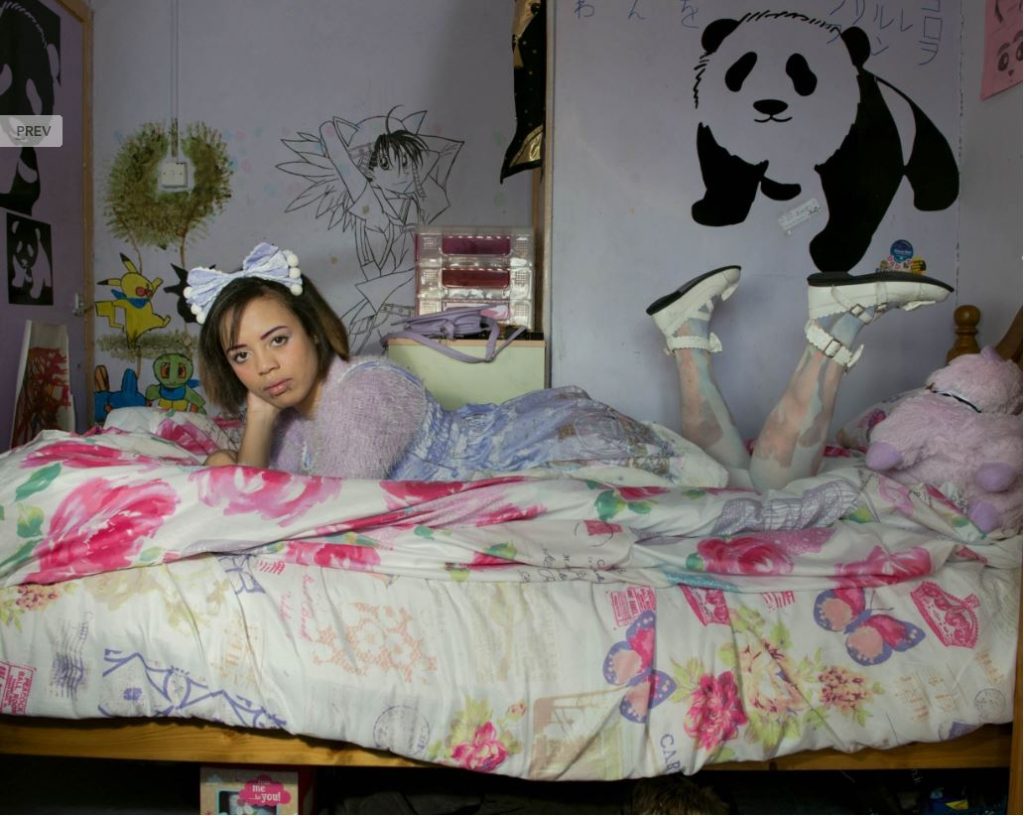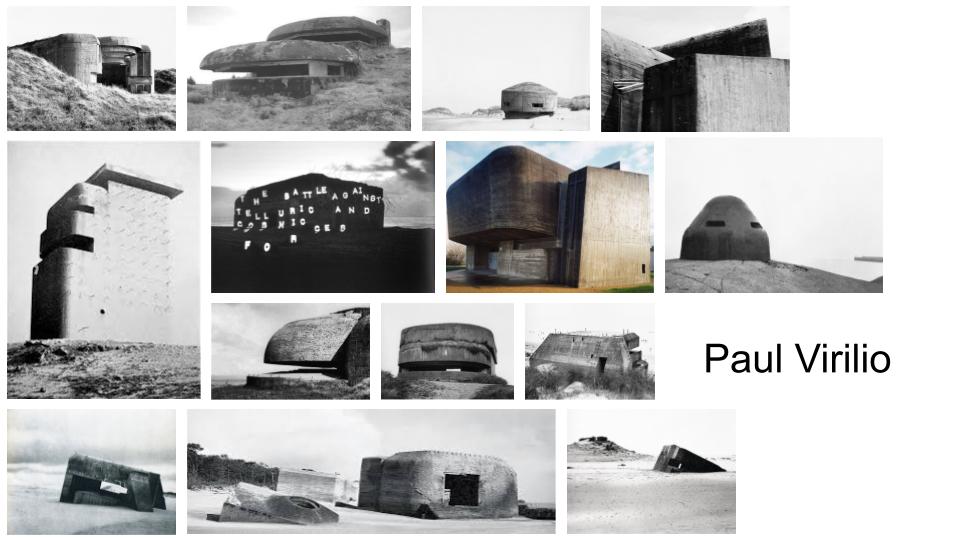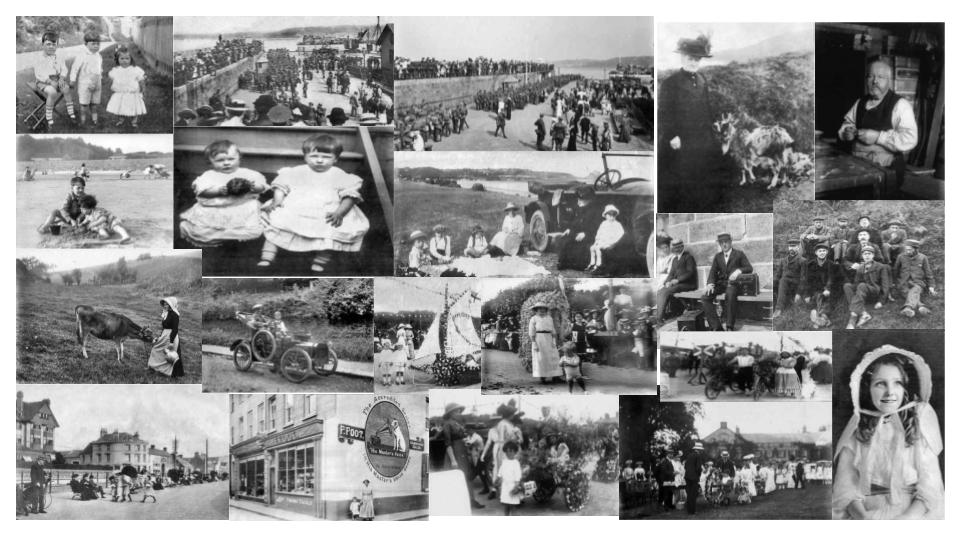Michelle Sank is a South African born photographer, who’s portraiture work primarily looks into “the preoccupation of the human condition”. in this sense, Sank’s work delves into exploring factors and events such as birth, growth, emotionality, conflict and mortality, which make up the basis of human existence and are things that we as people experience in our daily lives. Sank makes a point of documenting social and cultural diversity, and allows for comparison on the varying ways in which we live out lives, through the range of different subjects from different backgrounds, ethnic groups and experiences. Below is a mood board including a range of images from Michelle’s works:
Michelle was able to identify with the camera and photography as a medium of expression as soon as she tried it whilst completing her Fine Art Degree in South Africa, and has since produced a range of projects, a website and books containing her work.
“It was almost instantaneous that I found this connection with the camera and the world around me – and so this became and has stayed my voice for personal expression.”
Sank’s portraiture often takes place in a setting personal to the subject, such as a bedroom. This can both be used to reflect the personality and belief of the subject through a single image, as the personalization of ones bedroom often allows for a persons interests, hobbies and understanding of themselves as a person can often be inferred from the style of their bedroom.
“What’s on their walls is a metaphor for their identity and personality,”
Furthermore, the location of a bedroom (or an environment personal to the subject) allows for the image to portray a much more personal, almost intrusive meaning, as the viewer is forced to observe the subject in the place they feel the safest and most comfortable, without personally knowing who the subject is, allowing the viewer to see the subject at what can be inferred as their most vulnerable.

The above image is a piece taken from Michelle’s project “My Skin”. This image (and those in the same project) is meant to represent the diversity and individualism that can be found within out communities, treating each individual subject as their own person, and exposing and celebrating what makes them different and unique. Visually speaking, the image above leaves much to the imagination to the viewer. The subject is presented as showing off the most eye-catching part of her physical appearance (her tattoos, and yet very little is included in the background/rest of the scene, denying the viewer the ability to make assumptions about the subject on anything other than her own skin. A single object is found on the far left of the image (a figuring) which indicates only a small example of what the subjects likes and dislikes may include. In terms of the technicalities of this image, the exposure on the photograph itself is reasonably high, showing very little in terms of shading or extreme contrast, which in turn opens up the image more, and exposing all parts of the photograph in the light. This high exposure however, seems to be the product of a good source of natural light, and the little to no editing that has been done on the original image itself allows for us to get a better picture of the raw, real original, seeing the unedited subject in her own skin, rather than a “fake”, heavily edited skin.
Sourcing for quotes:
https://www.bjp-online.com/2018/11/michelle-sanks-portraits-of-young-people-in-the-black-country/
https://photovoice.org/10-questions-with-michelle-sank/





















